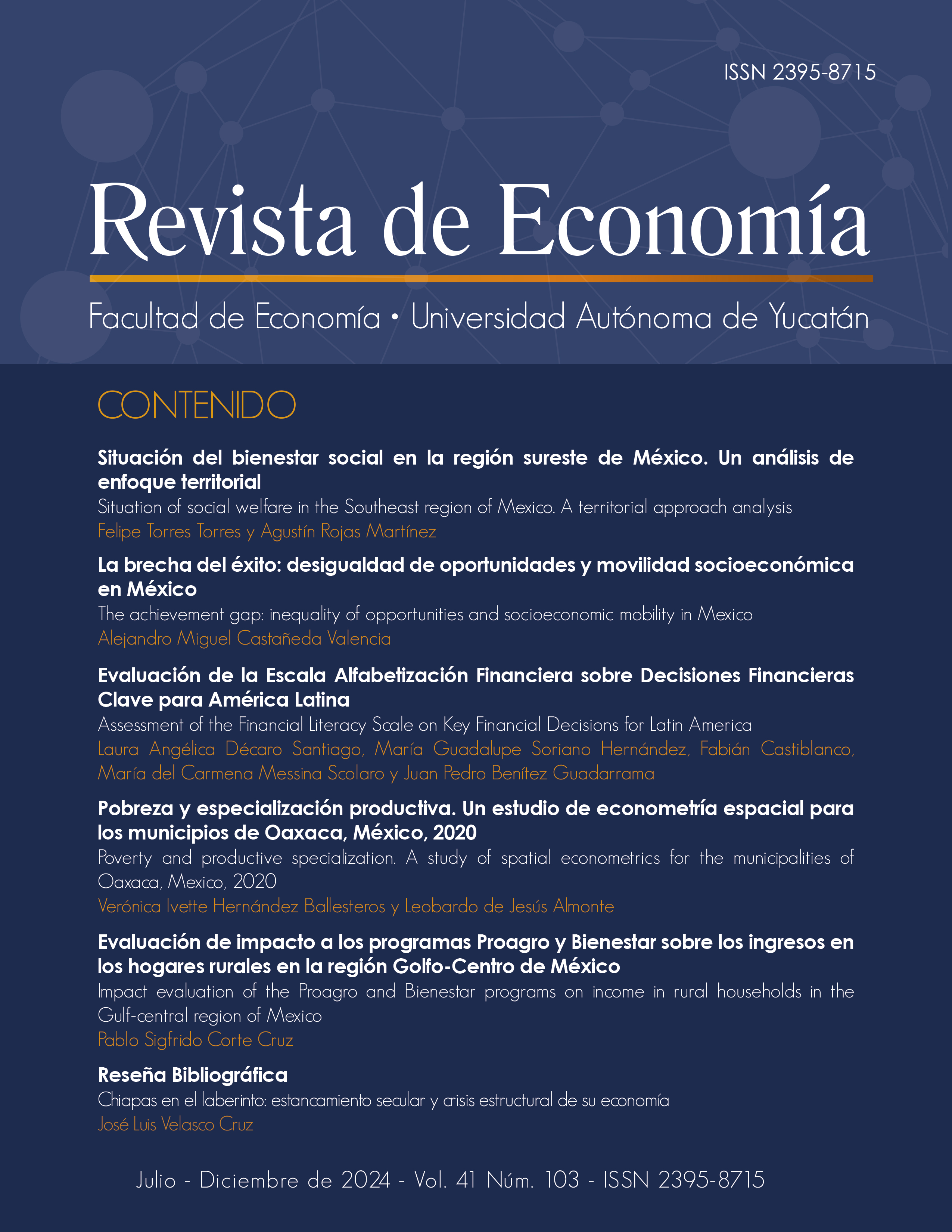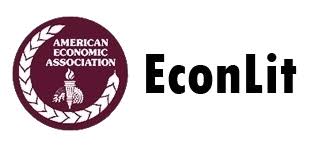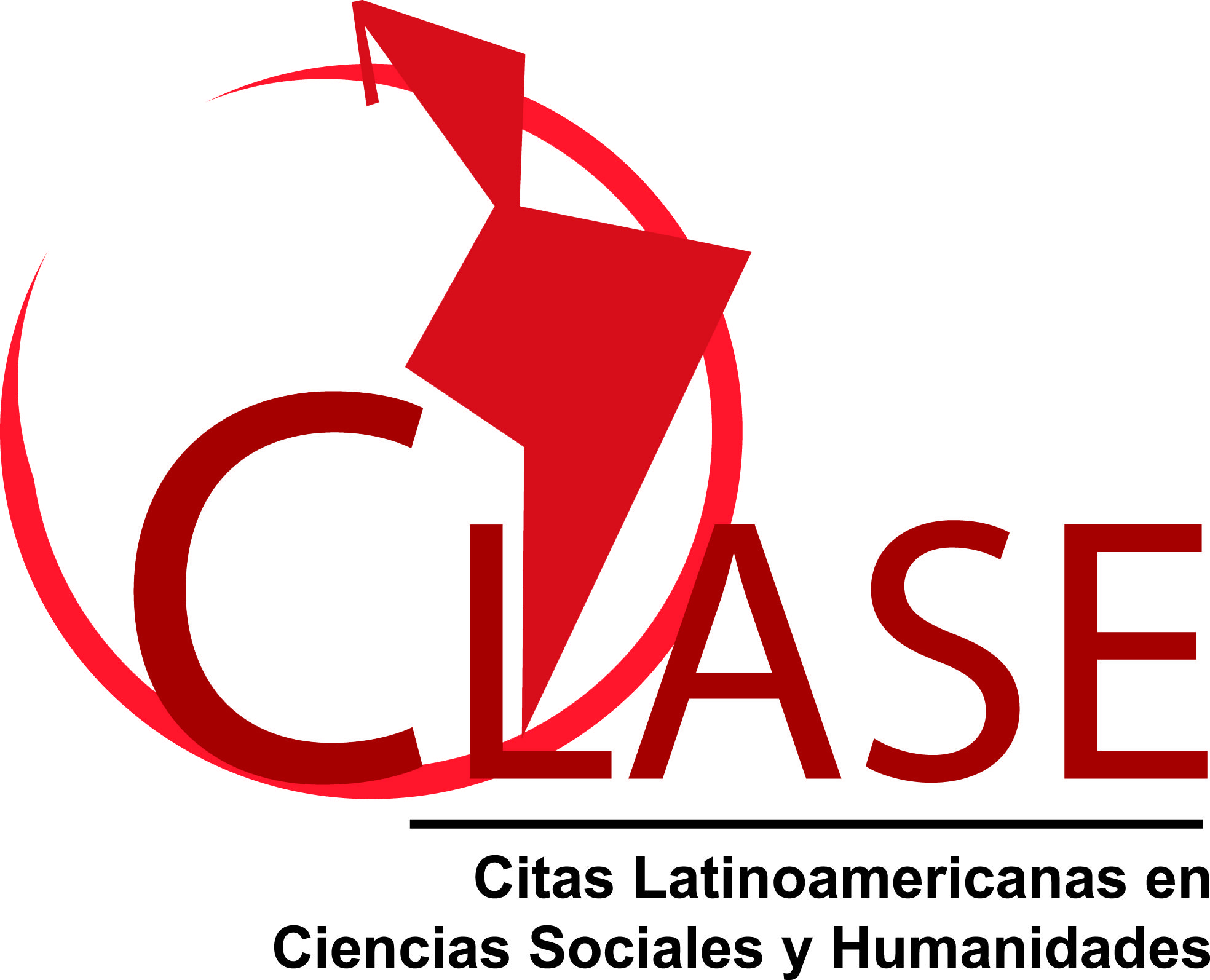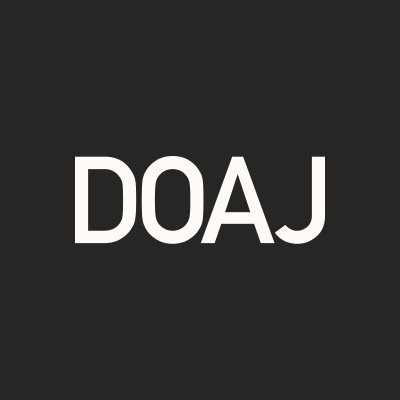La The achievement gap: inequality of opportunities and socioeconomic mobility in Mexico
Abstract
This research analyzes how individual characteristics (area of origin, skin color, economic status of origin and education) and structural factors (economic growth and trade openness) influence in Mexico the opportunities to obtain a high level of economic well-being. Using a IV-probit model estimated in two stages with instrumental variables in a context of complex samples, it is identified that people born in homes with low economic status, originating from rural localities and with brown skin have lower probabilities of economic success compared to people of non-low economic status, from urban areas and light skin. The findings also reveal that economic growth and educational achievement increase the probabilities of obtaining a high economic status, but the increase in probabilities is bigger for people of non-low economic origin, coming from urban areas and light skin. Finally, through the different rates of growth and school achievement, the differences in economic well-being widen, which indicates an increase in inequality between privileged and non-privileged groups. This research is innovative since it not only analyzes the effect of economic growth and academic achievement on social mobility, but also provides an empirical method that investigates the effect of growth and academic achievement on inequality of opportunities for socioeconomic advancement. The results indicate the existence of irrational mobility barriers based on criteria over which the individual has no control.
Copyright (c) 2024 Journal of Economics, Faculty of Economics, Autonomous University of Yucatan

This work is licensed under a Creative Commons Attribution-NonCommercial-ShareAlike 4.0 International License.
D.R. © Revista de Economía
The conditions that are required when granting the attribution license called CC -BY-NC-SA are the following:
1. The Universidad Autónoma de Yucatán must be clearly identified as the owner of the copyright of the original publication.
2. The material may not be used for commercial purposes.
3. Any derivative work must be published and distributed under the same open access license as the original publication.











